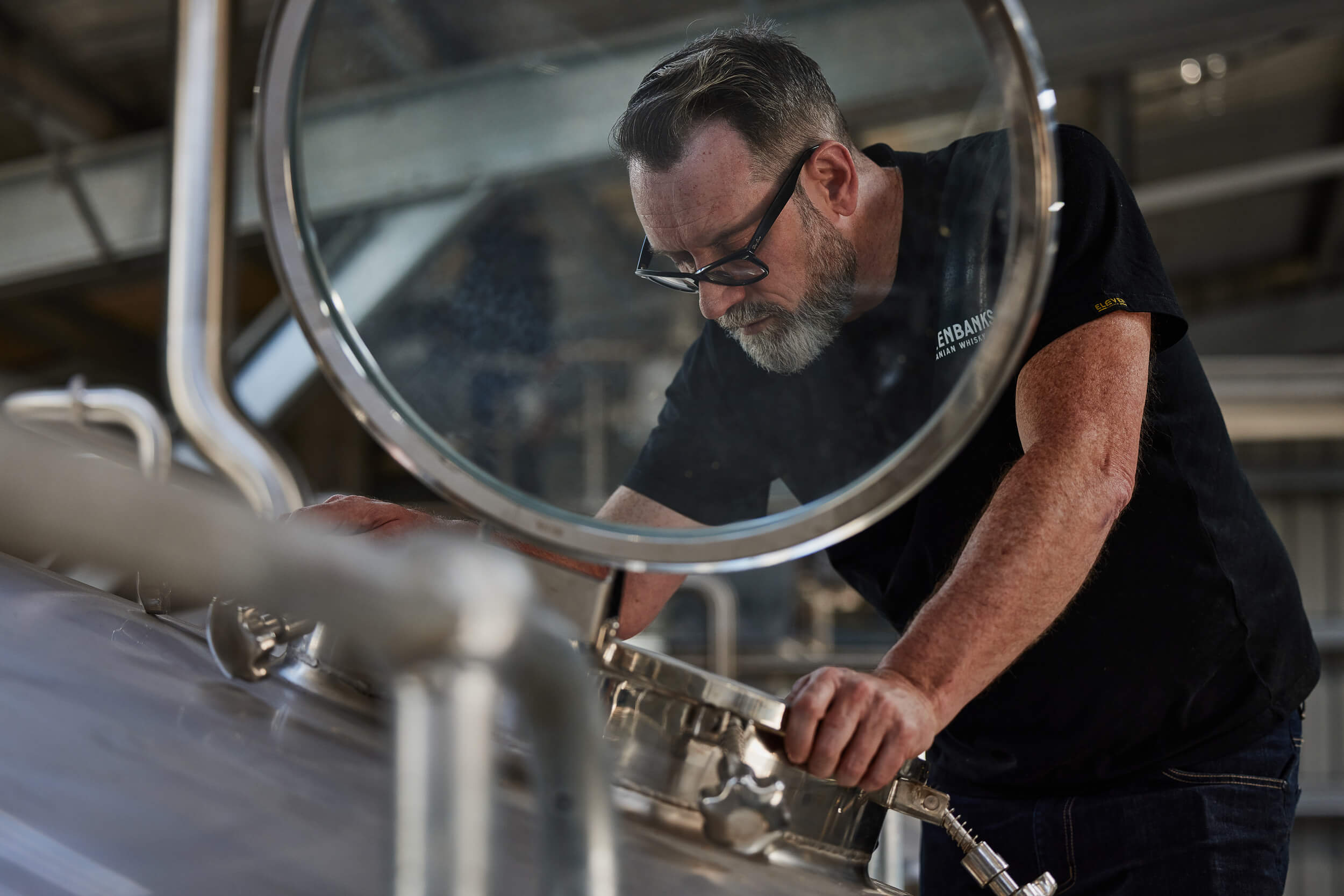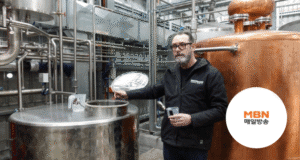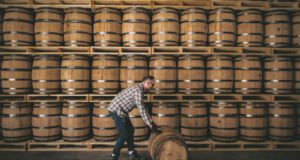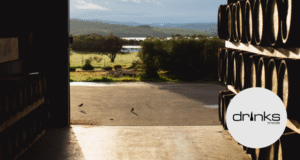We’re often asked why we don’t produce peated whisky – and the answer lies in both history and philosophy.
Peat, a carbon-rich material formed from decomposed plant matter in bogs, was traditionally used in whisky-making regions like Scotland and Ireland, where wood was scarce. Burning peat to dry malted barley imparts the distinctive smoky flavour found in many classic Scotch whiskies. But Tasmania’s whisky history is different.
In the early 1800s, when whisky distilleries first began operations here, wood was abundant, making peat largely unnecessary. Today, Tasmania’s only commercial malt house doesn’t use peat, and importing peated malt from overseas is expensive and counter to our local-first approach.
At Greenbanks, we choose to work with Tasmanian barley – prized for its malty sweetness, creamy mouthfeel, and delicate honeyed and biscuity notes. It’s even sought after by Japanese whisky makers. To showcase this incredible grain, we distil ‘on the grain’, fermenting and distilling with the grain still present. This captures richer, deeper flavours and creates a uniquely bold, grain-forward spirit.
For us, the unpeated style isn’t just practical – it’s quintessentially Tasmanian. In short, we believe Tasmania’s land, water, and grain speak loudly enough. No smoke required.









